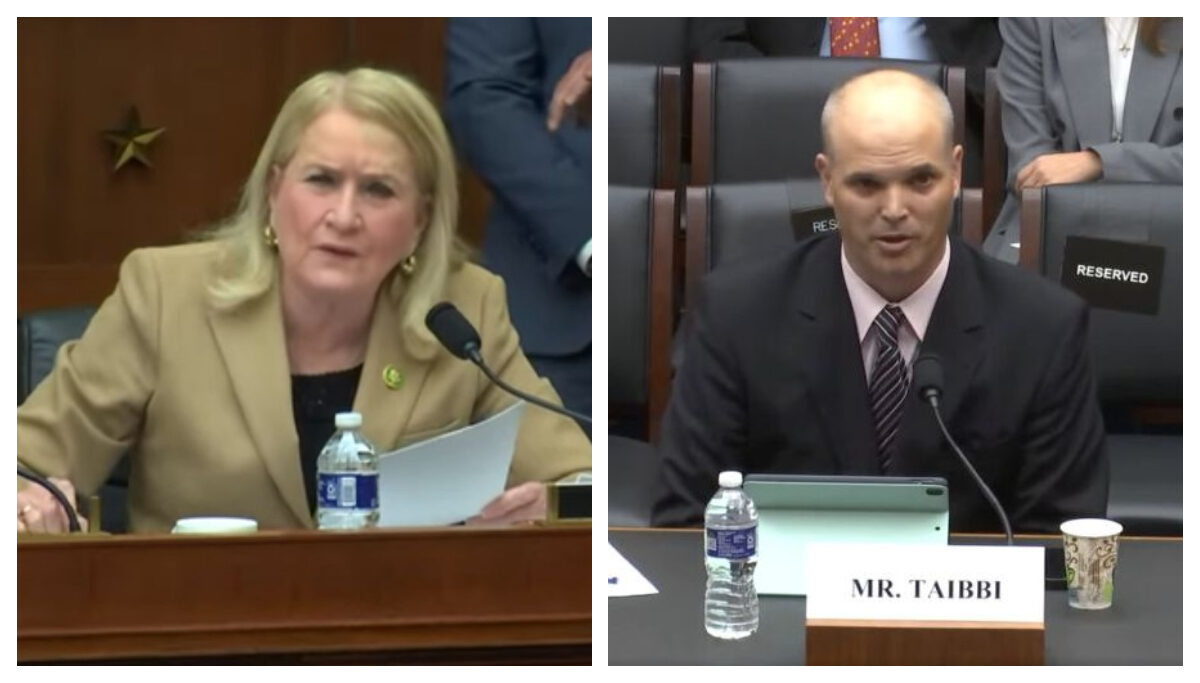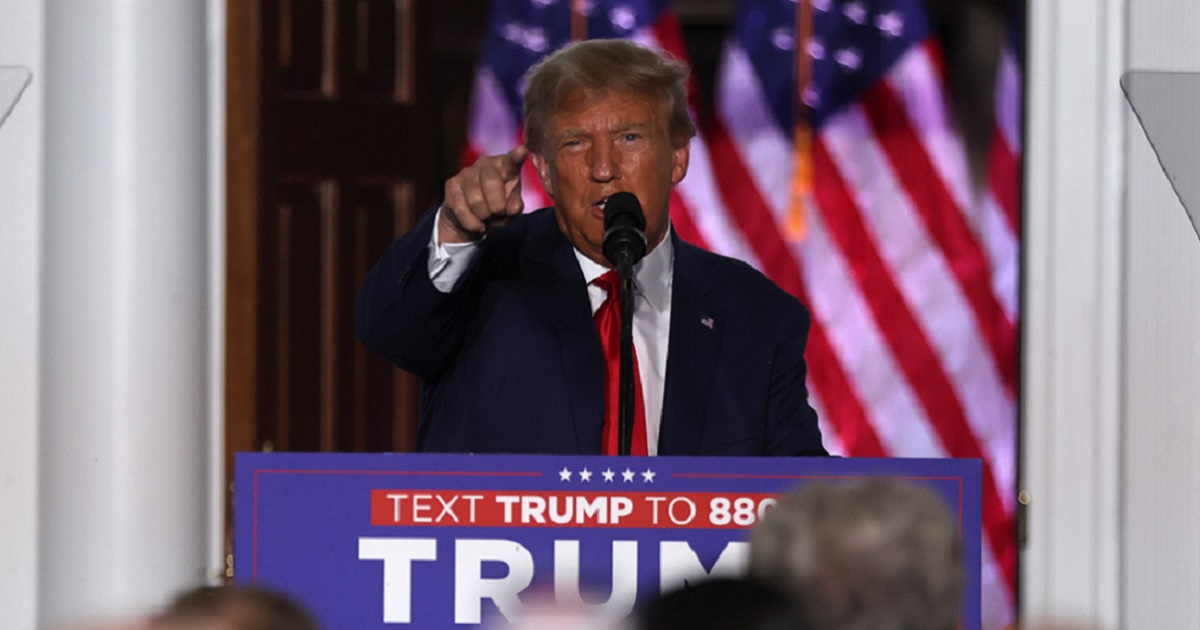US government’s new standards set expectations for banks to offer incentives to buyers.
Government-Brokered Bank Purchases Create Vicious Cycle
Recent government-brokered purchases of First Republic, Signature, and Silicon Valley banks have created a vicious cycle in which troubled lenders need to fail before buyers will step up, according to industry sources. The Federal Deposit Insurance Corp (FDIC) recently chose JPMorgan Chase & Co as the winning bidder in an auction to buy collapsed lender First Republic Bank. After struggling to find a private-sector buyer for weeks, the FDIC seized it and struck a deal with JPMorgan to take control of most of its assets. This phenomenon is stoking fears that the current turmoil will accelerate the concentration of the banking sector in the United States around a handful of institutions, reducing competition for consumers and deepening the risk if a giant bank fails.
Waiting for Ailing Lenders to Collapse
After these transactions, publicly-traded buyers are now motivated to wait for ailing lenders to collapse so they can get better terms from the FDIC, analysts said. “For potential acquirers, there is a motivation to wait for a receivership and FDIC assistance,” said Christopher Wolfe, head of North American banks at Fitch Ratings. FDIC officials, however, say would-be buyers risk losing out if they allow the value of an acquisition target to deteriorate over time while waiting for an FDIC receivership.
Concerns Over Bank Rescues Favoring Bigger Banks
Concerns over whether bank rescues are unintentionally favoring bigger banks come at a time when spooked depositors have been pulling their money out of smaller banks and seeking safety in larger institutions. Since the global financial crisis in 2008, the banks that were deemed too big to fail because of their importance to the global economy have gotten even bigger. Another benefit of buying through an FDIC receivership is avoiding the protracted regulatory approval process that other mergers have faced.
Market Participants Watching for Regulatory Changes
Market participants are watching to see if regulators become more open to consolidation or accelerate takeover approvals, said Jan Bellens, who heads the global banking and capital markets practice at EY, an accounting firm. “I don’t think we’re at the end of the turmoil yet” for regional banks, Bellens said. “Investors need to be confident that there’s not going to be further accidents or challenges.”
- The government-brokered purchases of First Republic, Signature, and Silicon Valley banks have created a vicious cycle in which troubled lenders need to fail before buyers will step up.
- Publicly-traded buyers are now motivated to wait for ailing lenders to collapse so they can get better terms from the FDIC.
- Concerns over whether bank rescues are unintentionally favoring bigger banks come at a time when spooked depositors have been pulling their money out of smaller banks and seeking safety in larger institutions.
- Market participants are watching to see if regulators become more open to consolidation or accelerate takeover approvals.
Overall, the recent government-brokered purchases of banks have created a vicious cycle that is stoking fears of further concentration in the banking sector. Publicly-traded buyers are now motivated to wait for ailing lenders to collapse so they can get better terms from the FDIC, which could lead to further consolidation and reduced competition for consumers. Market participants are watching to see if regulators become more open to consolidation or accelerate takeover approvals, but concerns remain over whether bank rescues are unintentionally favoring bigger banks.
" Conservative News Daily does not always share or support the views and opinions expressed here; they are just those of the writer."




